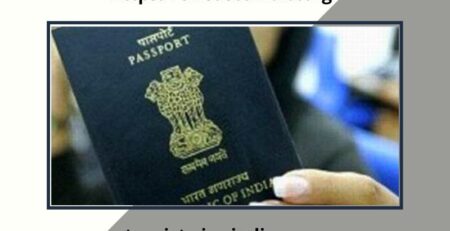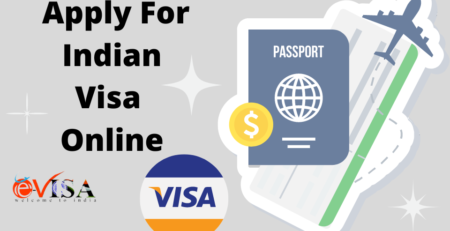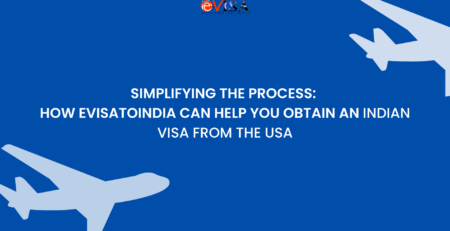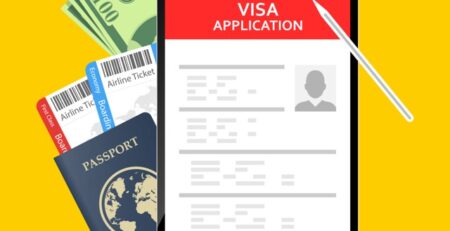The Evolution of Visa Processes: From Paper to Digital
In a world that is rapidly embracing digital transformation, the way we travel is also changing. One of the most significant shifts in international travel has been the evolution of visa processes, moving from traditional paper-based applications to the more efficient and accessible digital visa, or eVisa. This transition not only simplifies the application process for travelers but also streamlines administrative procedures for issuing countries. India, a country with a rich tapestry of culture, history, and biodiversity, is at the forefront of this digital visa revolution, making it easier than ever for people from around the globe to explore its wonders.
The Dawn of the eVisa Era
The concept of eVisa represents a significant leap forward in making international travel more accessible. Unlike traditional visas, which require applicants to submit paper forms, attend interviews, and often wait for weeks for a response, eVisas can be applied for and received entirely online. This process saves time, reduces paperwork, and, most importantly, makes applying for a visa less daunting for millions of potential travelers.
India Leads the Way
When it comes to implementing eVisa systems, India has been a pioneer. The Indian eVisa initiative was introduced to simplify the visa application process and promote tourism. Travelers can apply for an Indian eVisa online, without the need to visit an embassy or consulate. This system is designed to be user-friendly, catering to tourists, business visitors, and even those in need of an emergency visa to India.
Types of eVisas for India
India offers various types of eVisas, catering to different travel needs. Whether it’s for tourism, business, or medical reasons, there’s an eVisa option available. The emergency visa to India is a notable mention, providing a lifeline for those who need to travel to India urgently, for reasons such as a family emergency.
The Application Process Simplified
Applying for an Indian eVisa online is straightforward. Applicants need to fill out an online form, upload necessary documents, and pay the visa fee. The process is designed with simplicity in mind, making it accessible even to those with basic English proficiency. After submission, the approval process is swift, with many applicants receiving their eVisa via email within a few days.
The Global Impact
The shift towards eVisas, led by countries like India, is having a global impact. It encourages more people to travel by reducing the bureaucratic hurdles associated with visa applications. This not only boosts tourism but also fosters greater cultural exchange and understanding between nations. The digitalization of visa processes is a testament to how technology can make the world more connected and accessible.
Conclusion
The evolution of visa processes from paper to digital represents a significant advancement in international travel. India’s eVisa system is a prime example of how digital solutions can enhance accessibility, efficiency, and convenience for travelers. As more countries adopt similar systems, the hope is that traveling across borders will become even easier, opening up the world for exploration and connection. The journey from paper applications to digital platforms underscores the power of innovation in bridging distances and bringing cultures together.













